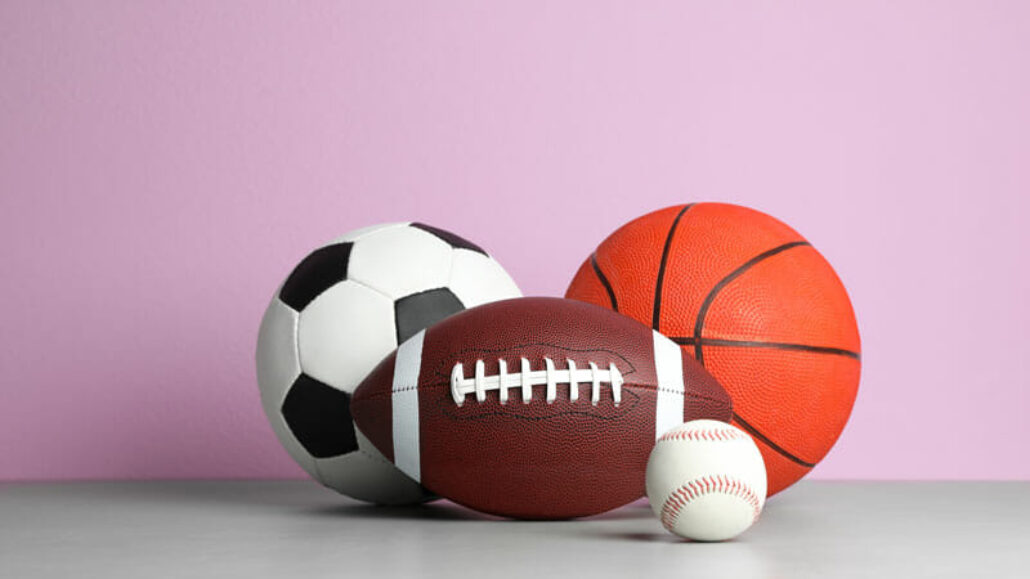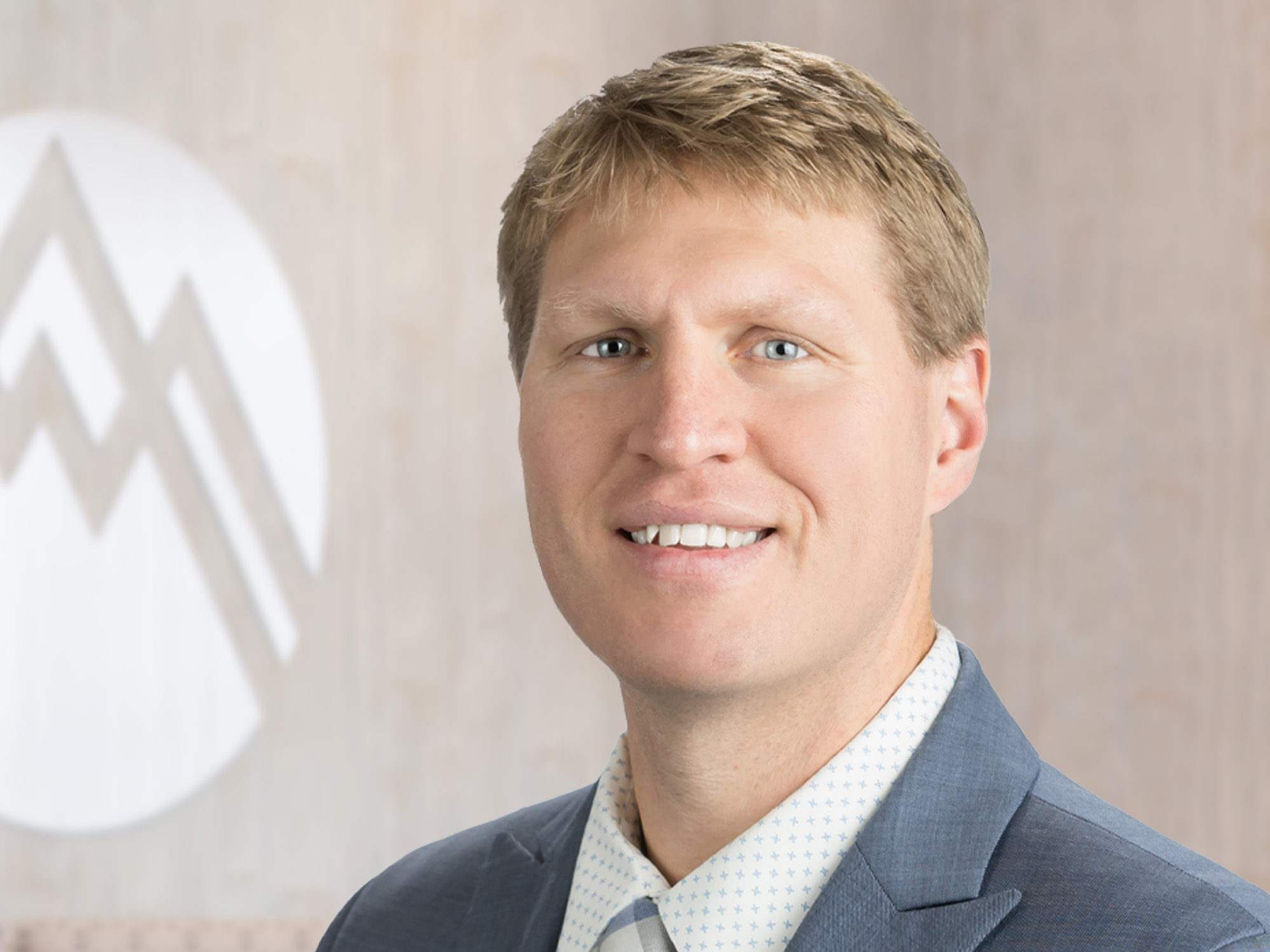When it comes to the number of sports your child plays, Dr. Pepin advises that more is better.
Sports medicine surgeon Dr. Scott Pepin has been a competitive athlete since childhood. Now that he has children of his own, he speaks frequently with parents about their children’s athletic activities. His advice about sports safety for kids directly contradicts a message that lots of parents hear.
One sport is not enough—and not healthy
“I’ve been an athlete throughout my life,” says Dr. Pepin. “I’m well aware that there’s a strong message in athletic culture urging even very young kids to choose one sport—and play it through high school. I think that message is terrible for our youth on so many levels. And it’s a message I would encourage parents not to heed. Why? Because a growing body of medical research tells us that there are compelling reasons not to restrict children to a single sport.”
What research tells us about children and their sports activity
“Multiple studies show us not only that multiple sports competition is advantageous for children, but also that focusing on a single sport carries risks,” he explains. “Sports medicine research documents increased injury risks for young single-sport athletes. Just as important, the research also demonstrates that children do much better when they compete in multiple sports.” Dr. Pepin reviews the benefits of athletic competition in multiple sports and the risks of sticking to a single sport.
- Playing multiple sports lowers the risk of burnout.“When children play a single sport year in and year out, they run the risk of becoming mentally burned out on their sport,” he explains. “Participating in multiple sports encourages children to interact with a larger number of their peers, and engages them in a wider variety of experiences. In short, competing in several different sports helps to keep things interesting.”
- Children who participate in several sports have lower injury rates.“Adolescent bones and muscles are still developing, and can be injured by repetitive movements,” explains Dr. Pepin. “When children play a single sport, they are working the exact same muscle groups in the exact same way every day throughout the year. This raises risks of overuse injuries. It may surprise parents to learn that single-sport kids have a 70 to 90 percent increased risk of injury. And those injuries may mean that young athletes miss out completely on sports activities. Young athletes who play multiple sports are using different movements and different muscle groups in each sport. They are getting a more well-balanced workout. That variety reduces the risk of an overuse injury, and keeps them in the game.”
- Playing multiple sports contributes to a more well-rounded athlete.“The American Medical Society for Sports Medicine tells us that diversified sports training for children can help develop elite athletic skills,” notes Dr. Pepin. “If you talk with top athletes in the NFL and MBA, you’ll learn that many of them played more than one sport growing up. I think it’s detrimental to young athletes when the AAU and other club teams won’t allow them to play in multiple leagues. A single sport focus sets children up for sport burnout or injuries that could sideline them. Besides, if kids can’t try a number of competitive sports, how can they be sure they chose the sport that’s the best fit for them? Children benefit from the opportunity to try different competitive experiences.”
Dr. Pepin’s suggestions for a healthy mix of sports
“As a high school athlete, I played three sports,” he remembers. “During the summer, I’d play baseball. Once a week, I competed in a basketball league. A secondary sport allows children to focus on doing something different. Even if your child’s heart is set on playing soccer, you can still work that into a multiple sport program. If soccer season is in the fall, do track in the spring. Find something else to give your child a break from soccer. Maybe your child plays in a soccer league once a week if that’s what he or she really loves. But intersperse soccer with another sport. That secondary sport will give your child the physical and mental break they need.”
Putting the health of young athletes first
“I’m trained as a surgeon, and of course I enjoy using my surgical skills to help my patients,” says Dr. Pepin. “But I’d much rather see a child enjoying multiple competitive activities they love than coming into my office with an avoidable injury. Because variety lowers injury risks, I encourage it. As a physician, it’s my job to put your children’s best interests first.”
Summit Orthopedics offers comprehensive sports medicine expertise
From Olympians to pro athletes to kids in youth sports and those that just want to be more active—Summit Orthopedics delivers expert care by fellowship-trained sports medicine physicians. If you are recently injured or concerned about ongoing pain, Summit Orthopedics sports medicine specialists have the expertise to evaluate your discomfort and develop a plan to quickly and safely help you get back to being active.
Start your journey to stronger, healthier athletic condition. Find your sports medicine expert, request an appointment online, or call us at (651) 968–5201 to schedule a sports medicine consultation.
Summit has convenient locations across the Minneapolis-St. Paul metro area, serving Minnesota and western Wisconsin. We have state-of-the-art centers for comprehensive orthopedic care in Eagan, MN, Vadnais Heights, MN, Plymouth, MN, and Woodbury, MN, as well as several additional community clinics.
More resources for you
- Meet Dr. Scott Pepin
- Ask Dr. Skendzel: If my child is experiencing groin pain, when is it time to consult a sports medicine physician?

